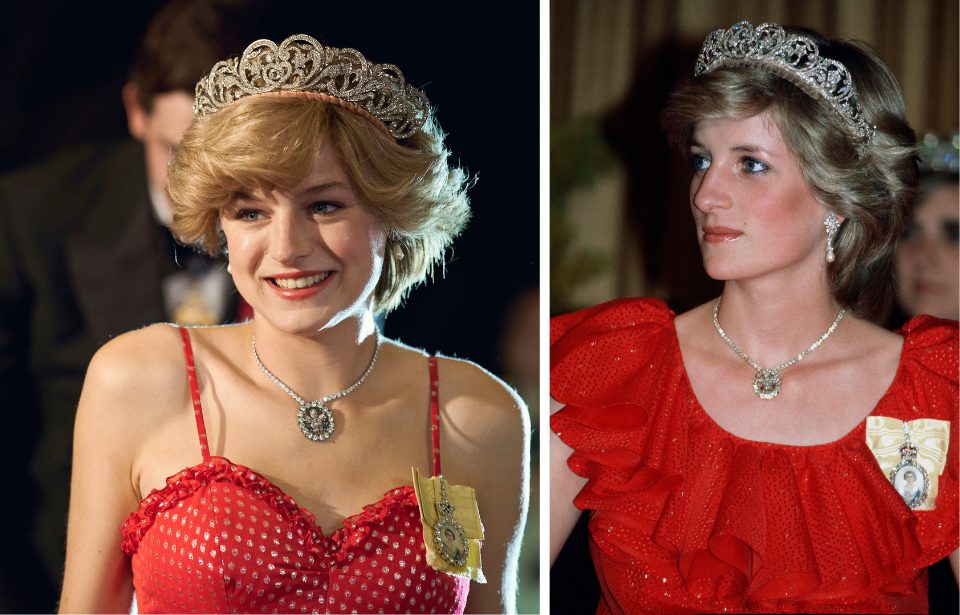The Crown is an extremely popular series because it seems to give a glimpse into the private lives of the British royal family. Although it accurately portrays major historical events that the royal family was publicly involved in, the show takes many liberties and guesses when detailing the royals’ real lives. Here, we’ve found seven times The Crown got history wrong.
1. Princess Margaret didn’t reveal the truth about Nerissa and Katherine Bowes-Lyon
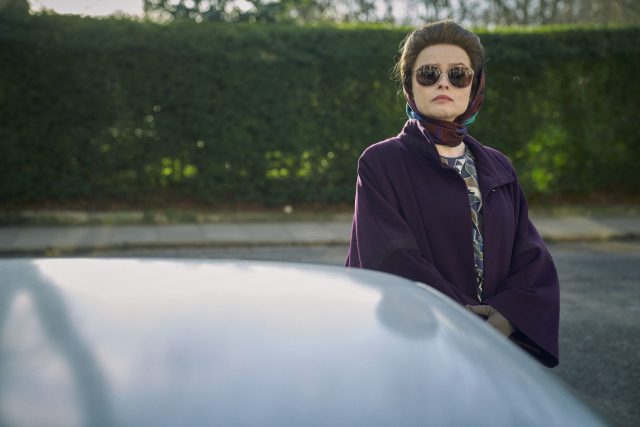
The Crown’s Claim: In the seventh episode of The Crown’s fourth season, titled “The Hereditary Principle,” Princess Margaret (played by actress Helena Bonham Carter) discovered that two of her maternal cousins who had previously been recorded as deceased were very much alive. Nerissa and Katherine Bowes-Lyon had been placed in a mental institution in the early 1940s because of developmental disabilities.
When Princess Margaret confronts the Queen Mother about this, she admits that she knew that her nieces were still alive, but tells Margaret that they had to be institutionalized so they couldn’t be used as proof of an unhealthy royal bloodline. In the episode, Princess Margaret was both shocked and appalled to learn of her cousin’s situation.
The Real Story: Nerissa and Katherine Bowes-Lyon were the daughters of John Herbert Bowes-Lyon and his wife Fenella. John Herbert Bowes-Lyon was the brother of the Queen Mother, which does really make Nerissa and Katherine Bowes-Lyon the first cousins of Queen Elizabeth II and her sister, Princess Margaret.
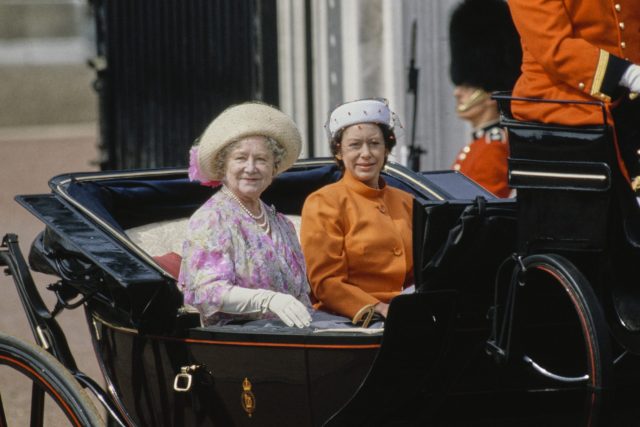
In 1941, the sisters were placed in the Royal Earlswood Hospital located in Redhill, Surrey. The Royal Earlswood Hospital was first founded in 1847, and catered especially to those living with developmental disabilities.
The Crown made it seem as though the sisters were not only completely forgotten, but that the royal family was ashamed of them. However, according to David Bowes-Lyon, whose father was the first cousin of the Queen Mother once removed, dubbed The Crown’s portrayal of the events as “fiction pretending to be facts.” He stressed that the sisters were not abandoned, and were visited often by family, including by their mother Fenella, who continued to visit them until her death in 1966.
Furthermore, Princess Margaret does not seem to have had any part in discovering her cousins. In fact, it seems that the Queen Mother was unaware of her nieces until 1982.
2. The Crown mischaracterizes Queen Elizabeth’s response to the Aberfan Disaster
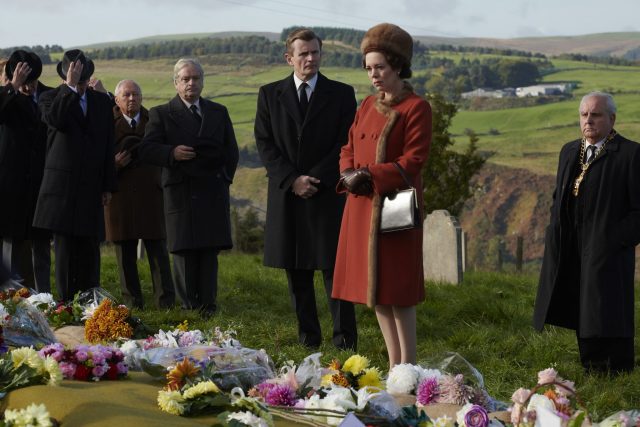
The Crown’s Claim: The third episode of the third season, titled “Aberfan,” depicts the terrible mining disaster that claimed 144 lives. In the episode, it takes Queen Elizabeth II eight days to visit the town of Aberfan after the disaster, and she only visited the town after Prime Minister Harold Wilson pressured her to do so.
The episode also depicts Queen Elizabeth (played by actress Olivia Colman) pretending to cry. Overall, Queen Elizabeth II comes off largely as a very uncaring person throughout the entire tragedy.
The Real Story: It did, in fact, take Queen Elizabeth II eight days to visit the town of Aberfan after the disaster in October 1966. However, according to many reports, the queen was visibly and very publicly emotional while visiting Aberfan. According to Sir William Heseltine, who served in the royal press office at the time of the disaster, believed that “Aberfan affected the Queen very deeply, I think, when she went there. It was one of the few occasions in which she shed tears in public.”
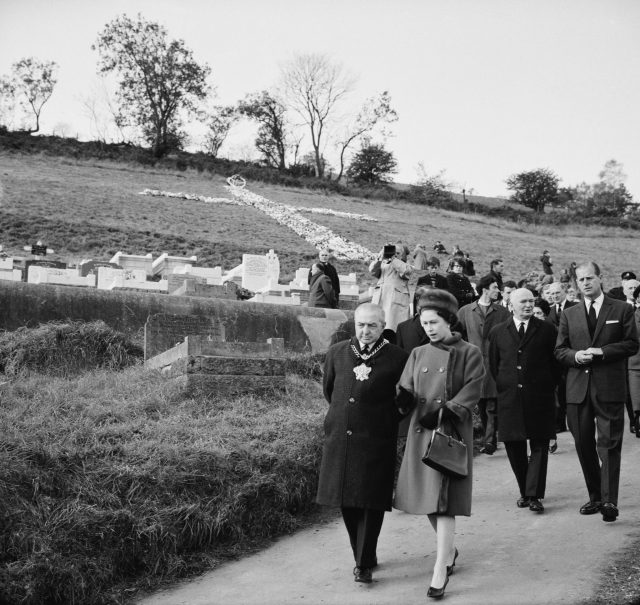
In 2002, Queen Elizabeth II said that not visiting Aberfan immediately after the disaster was “her biggest regret.” According to Sally Bechdel Smith’s biography, Elizabeth the Queen, her decision to wait to visit Aberfan wasn’t out of coldness, but rather practicality. According to Smith, Queen Elizabeth felt that “people will be looking after me. Perhaps they’ll miss some poor child that might have been found under the wreckage.”
3. Princess Margaret never encouraged the royal family to call off Charles and Diana’s wedding
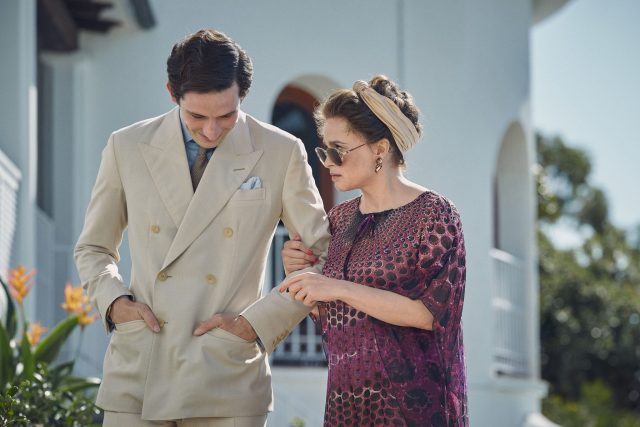
The Crown’s Claim: In the fourth season, Crown watchers saw Princess Margaret (Helena Bonham Carter) urge the royal family to call off the wedding between Prince Charles and Diana. Using her own life experience, she believes the marriage will end in disaster and thinks it would be much more beneficial to everyone if it doesn’t happen.
The Real Story: If Princess Margaret did have any objections to Charles and Diana’s union, she kept those thoughts to herself. The idea for this objection came from actress Helena Bonham Carter herself, stating in a press conference, “it becomes very clear before the marriage that there are big problems, yet the family encourages Prince Charles to go through with it.”
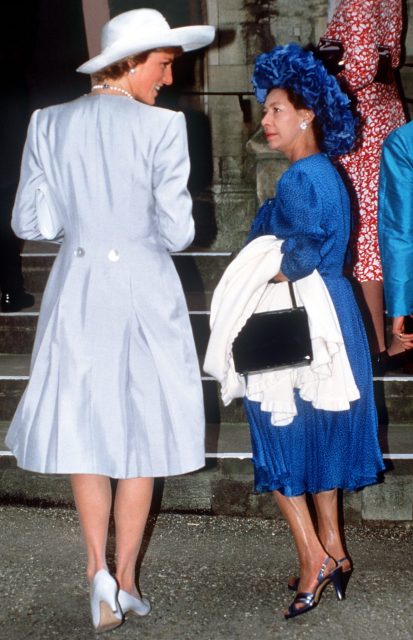
In fact, at one point it seems that both Princess Margaret and Diana enjoyed a real friendship. Princess Margaret would support Diana when she didn’t join the rest of the family for picnics or barbecues while vacationing in Balmoral, telling Queen Elizabeth to let Diana do what she wanted to. Diana was always full of appreciation for Margaret, once stating, “I’ve always adored Margo. I love her to bits, and she has been wonderful to me from day one.”
However, the pair’s relationship turned sour after Andrew Morton’s 1992 biography, Diana: Her True Story In Her Own Words, was published. Princess Margaret felt that Diana had betrayed the royal family by exposing them. In fact, Margaret once complained to a friend, saying “poor Lilibet and Charles have done everything they can to get rid of that wretched girl, but she just won’t go.”
4. The jury is still out on Prince Philip’s extramarital affairs
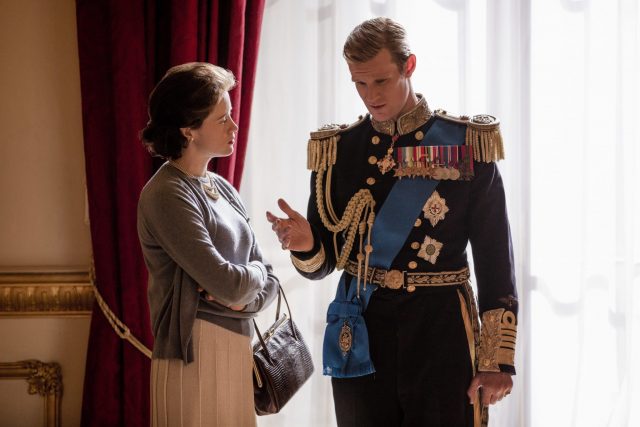
The Crown’s Claim: The early seasons of The Crown don’t always paint Prince Philip in the best light. The series implies and emphasizes that Prince Philip had an affair with Russian ballerina Galina Ulanova, and potentially other women.
The show suggests he slept with a reporter in Melbourne during the 1956 Olympics, and alludes that he also perhaps had sex with women in New Guinea. However, the show never outrightly shows Prince Philip cheating on Queen Elizabeth.
The Real Story: The accusations of Prince Philip’s extramarital affairs are largely based on rumors – there is no hard evidence to back these claims up. There were rumors that Prince Philip once had an extramarital relationship with stage actress Pat Kirkwood, but these have never been verified.
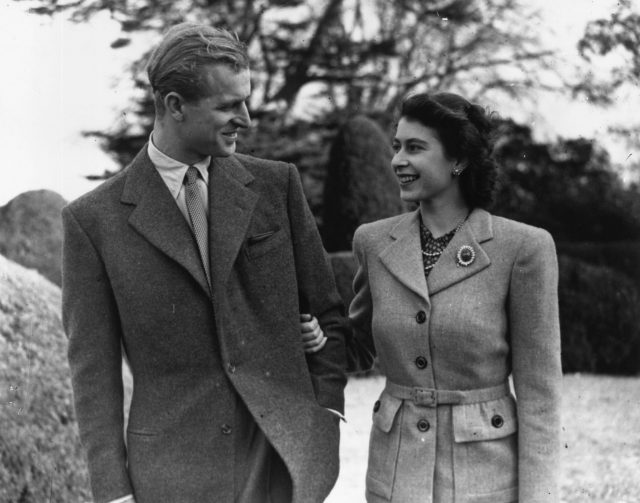
According to the stories, Prince Philip and Pat Kirkwood supposedly met on seven different occasions, though she always denied that the pair had been in an intimate relationship. Interestingly, Prince Philip never denied these accusations – but he never supported them, either.
To make matters more interesting, Pat Kirkland told a journalist that, “A lady is not normally expected to defend her honor. It is the gentleman who should do that. I would have had a happier and easier life if Prince Philip, instead of coming uninvited to my dressing room, had gone home to his pregnant wife on the night in question.”
Prince Philip once addressed the logistics of his ablating to conduct affairs, asking, “How could I? I’ve had a detective in my company, night and day, since 1947.” It is also true that Galina Ulanova was a real Russian ballerina who danced in London in 1956, though there is absolutely no evidence that she had anything to do with Prince Philip.
5. Prince Philip’s father didn’t blame him for his sister’s death
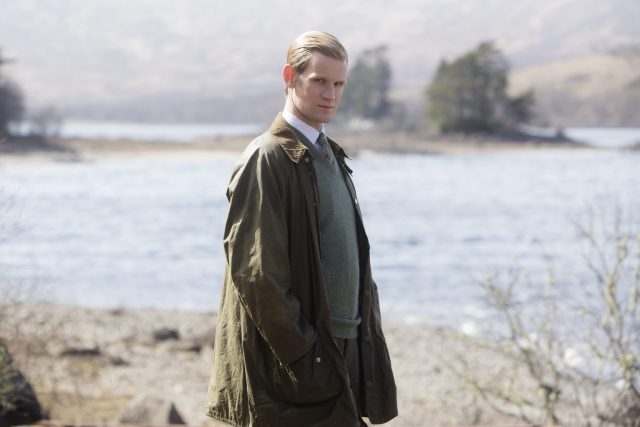
The Crown’s Claim: The Crown gives its viewers tidbits of information on Prince Philip’s life growing up. Despite having a troubled childhood and being estranged from his father, Prince Philip is particularly close to his older sister Cecilie. Cecilie marries into a German family who supports the Nazi state when Hitler gains power in Germany.
Philip is sent to the private boarding school, Gordonstoun, in Scotland. During his time there, young Philip gets into trouble with other boys at the school. Instead of coming home to Germany for the holidays, his older sister Cecilie thinks Philip should just stay at school. Cecilie has a wedding to attend in London, and she decides to visit Philip during her trip to England instead.
However, when Cecilie is flying to London, her plane crashes and kills everyone on board. Philip goes home for the funeral, where Philip’s father yells to everyone, “it’s because of you, boy, that I am burying my favourite child.”
The Real Story: Prince Philip really did attend school at Gordonstoun in Scotland, and his older sister Cecilie did die in a plane crash, but there is no evidence that suggests that Cecilie was coming to visit Philip at school, or that his father blamed Philip for his sister’s death.
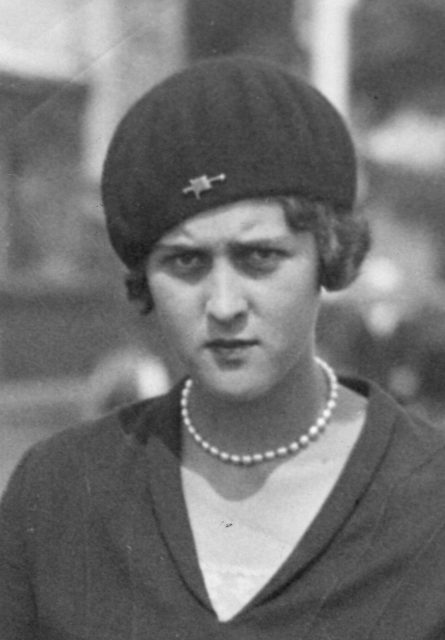
In November 1937, Cecilie, her husband Georg, and their three children were flying to London to attend the wedding of Georg’s brother, Louis Donatus. However, the plane they were traveling on hit a factory chimney and the plane crashed, killing all passengers on board.
However, Philip was in no way responsible for this crash, as Royal historian Hugo Vickers has emphasized that, “it was always Cecilie’s intention to go to the wedding.” Royal experts also maintain that Philip’s father never blamed his son for the death of his daughter. There has been a lot of backlash to this particular episode, especially in support of Prince Philip, who continued to struggle with the death of his sister.
However, Cecilie’s funeral as depicted in The Crown is accurate in its portrayal of a full-blown Nazi affair. The family received a sympathy note from Hitler, and Herman Göring attended the funeral.
6. Prince Philip never called his son ‘Bloody Weak’
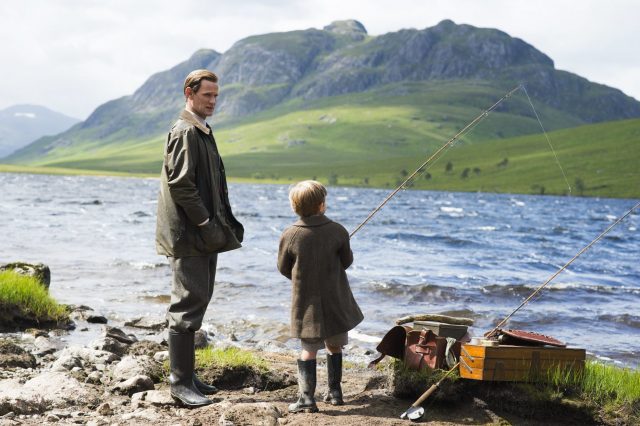
The Crown’s Claim: In season two, episode 9, viewers see a young Prince Charles getting picked on by bullies at Gordonstoun – the same school Prince Philip attended. However, in this episode, rather than supporting Prince Charles, Prince Philip calls his son “bloody weak” for crying. On the plane ride home, Philip is extremely cold toward his son.
The Real Story: There is absolutely no evidence that Prince Philip ever called Charles ‘bloody weak’ – especially for being bulled. Prince Charles has been open about his oftentimes negative experience at Gordonstoun, once referring to it as “Colditz in kilts,” but the idea that Prince Philip was also a bully to his son holds no weight.
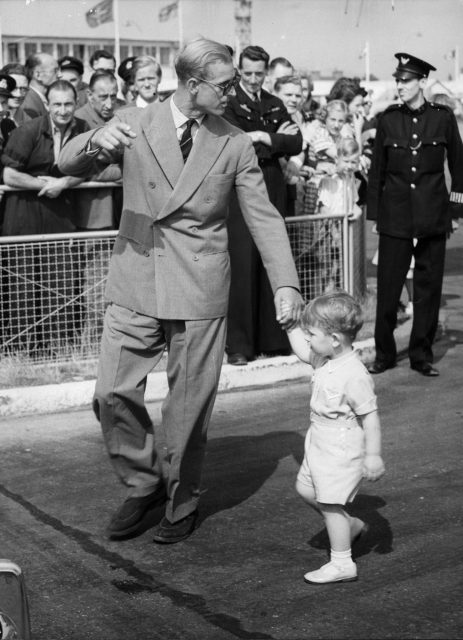
In fact, this particular episode bothered members of the real royal family- including Queen Elizabeth herself. A senior courtier told The Express, “the queen realizes that many who watch ‘The Crown’ take it as an accurate portrayal of the royal family and she cannot change that. But I can convey that she was upset by the way Prince Philip is depicted as being a father insensitive to his son’s wellbeing.”
The insider continued by saying, “She [the queen] was particularly annoyed at a scene in which Philip has no sympathy for a plainly upset Charles while he is flying home to Scotland. That simply did not happen.” We guess this sets everything straight, then!
7. Venetia Scott was not a real person
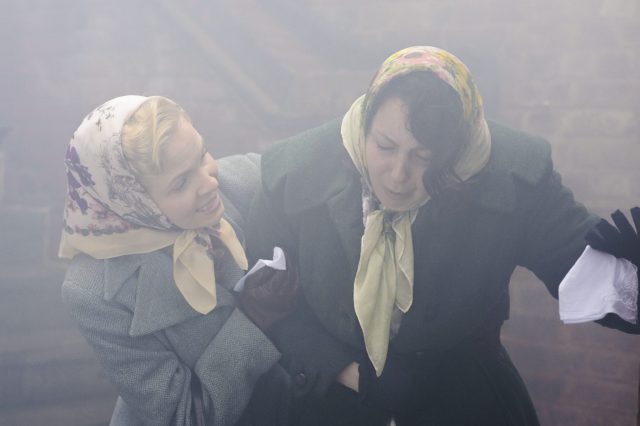
The Crown’s Claim: If you remember way back to the first season of The Crown, you may remember Winston Churchill’s secretary, Venetia Scott. Scott appeared in a few episodes, but tragically died in the Great Smog of 1952 when she was run over by a bus as she hurried down Downing Street.
After Churchill heard about the death of his secretary, he went to visit her body, which inspired him to make a speech urging Londoners to remain hopeful. He then goes on the announce new measures to be implemented in order to prevent a repeat of The Great Smog.
This speech, in the show, saved Churchill from essentially being fired. Viewers may remember that the Queen was preparing to ask Churchill to step down as Prime Minister, but ultimately changed her mind after his speech.
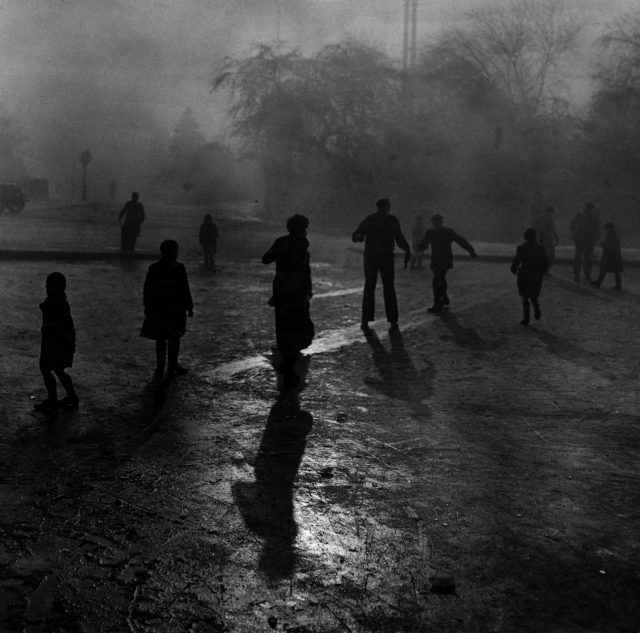
More from us: The Royal Family’s Astrological Signs Are Eerily Accurate
The Real Story: Despite being an early fan favorite, Venetia Scott never existed. In fact, she is one of the few characters in The Crown not based on a real person. She was invented by Peter Morgan (the show’s creator) to add a sense of tragedy to the Great Smog episode.
Churchill’s government was a little bit slow to respond to the smog, but Churchill certainly was not as dismissive as he was in The Crown.
